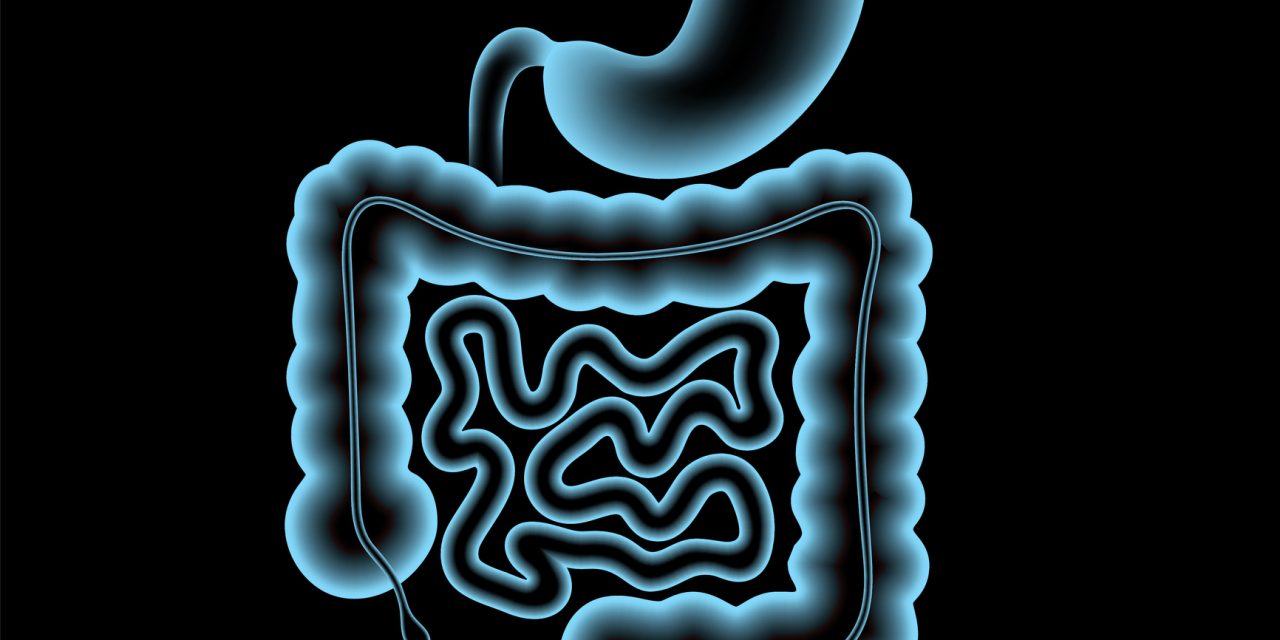The prevalence of duodenogastroesophageal reflux (DGER) and its effect on symptoms and oesophageal lesions in gastroesophageal reflux disease (GERD) is unclear.
To conduct a systematic review to determine the prevalence of DGER among patients with GERD, the effect of DGER on symptoms and oesophageal lesions, and the treatment of DGER.
We searched Pubmed and MEDLINE for full text, English language articles until October 2020 that evaluated DGER prevalence among patients with GERD, the effect of DGER on symptoms and oesophageal lesions, and the treatment of DGER.
We identified 3891 reports and included 35 which analysed DGER prevalence in GERD, 15 which evaluated its effect in non-erosive reflux disease (NERD), 17 on erosive oesophagitis, 23 in Barrett’s, and 13 which evaluated the treatment of DGER. The prevalence of DGER, when evaluated by Bilitec, among all GERD patients ranged from 10% to 97%, in NERD 10%-63%, in erosive oesophagitis 22%-80% and in Barrett’s 50%-100%. There were no differences in the presence or degree of DGER among patients who were asymptomatic or symptomatic on proton pump inhibitors (PPI). The most commonly evaluated treatments for DGER were PPIs and DGER reduced post-PPI therapy in all studies.
The prevalence of DGER increased with more advanced oesophageal lesions and did not explain persisting symptoms among patients taking PPI therapy. PPIs appear to be effective in the treatment of DGER. DGER remains an important consideration in patients with GERD and future therapies deserve more study.
© 2021 John Wiley & Sons Ltd.
Systematic review: duodenogastroesophageal (biliary) reflux prevalence, symptoms, oesophageal lesions and treatment.


